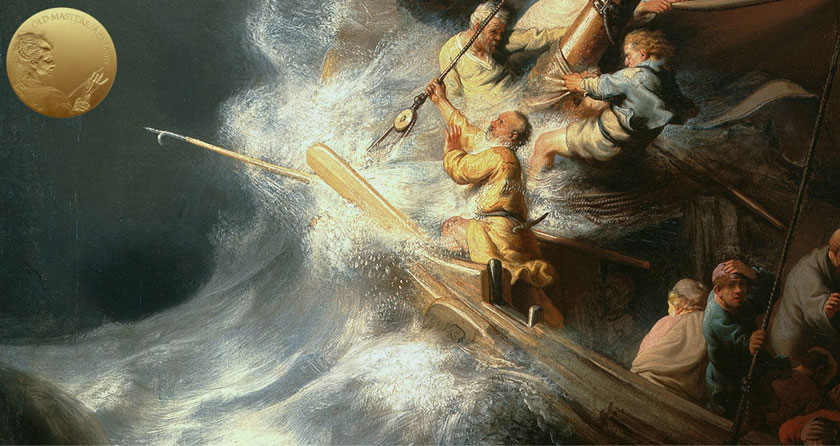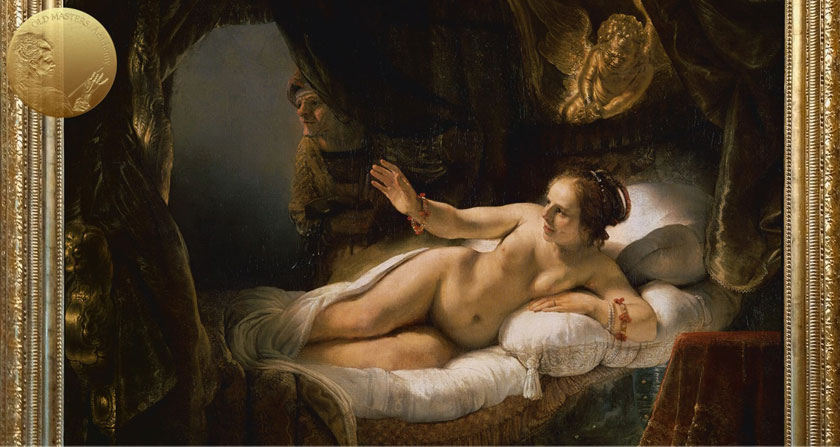Art Lesson 38, Part 11
Discover how Rembrandt Used Blue Pigments in his Paintings
Learn how to paint like the Old Masters!
Old Masters Academy Online Course
Self-study, self-paced online video courseLifetime membershipOne-time payment: $487Enroll Now!Personal Tutoring online + Online Course
Unlimited tutoring by the Academy teachersLifetime membershipOne-time payment: $997Enroll Now!« Back to the Art Lessons List
How Rembrandt Used Blue Pigments in his Paintings
Rembrandt’s paintings do not have bright blue colors. In the beginning of his career, he used blue pigments more often than in later period works.


Natural pigment blue azurite and its synthetic form were available to painters in the 17th century. This pigment improves the drying qualities of oil paints and Rembrandt added it in small quantities to dark glazes that did not dry so fast. Azurite can be found in background glazes in these paintings, and some others. Here, shadow glazes contain a little bit of blue azurite.
Another example of azurite usage is in the background glazes of Saskia as Flora, where this pigment was mixed with yellow lake. Here, the addition of azurite influenced the color as well as the drying quality of the paint. This blue pigment can be found in the deep bluish-green passages of Saskia’s embroidered waistband, in the veil and sleeve, and in the foliage and blue flowers in the bouquet.
Later in his career, Rembrandt abandoned azurite and replaced it with blue smalt.

Because smalt is a glass, its deep blue translucent color – which has a slightly violet undertone – has poor covering qualities and can also change in color to brown when in oil. This change in color can be seen in several paintings; for example, in this portrait. During the time when Rembrandt utilized blue smalt, it was an unknown fact that in hundreds of years, smalt in oil becomes increasingly transparent and turns brown, dramatically changing the appearance of colors and tones.
In Portrait of Frederik Rihel on Horseback, the greyish-blue sky was painted with a solid layer of lead white, mixed with smalt and glazed with blue smalt on top. Smalt was also mixed with yellow lake for glazes in the background foliage and landscape.
Natural ultramarine, another blue pigment, has not been found in any paintings by Rembrandt. This very expensive pigment, more expensive than gold in weight, was available for artists in the 17th century. Other artists like Vermeer, for example, used it extensively.




